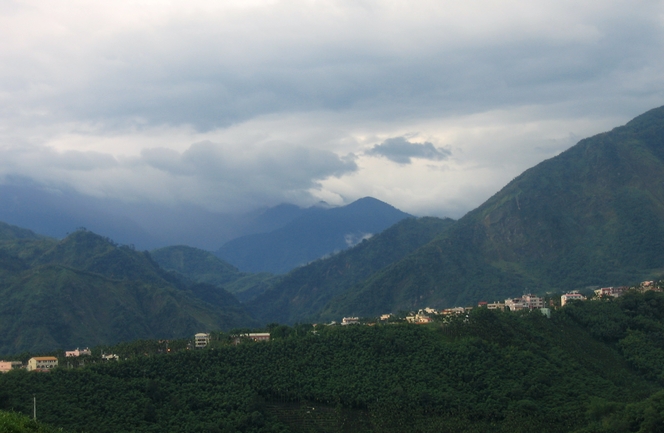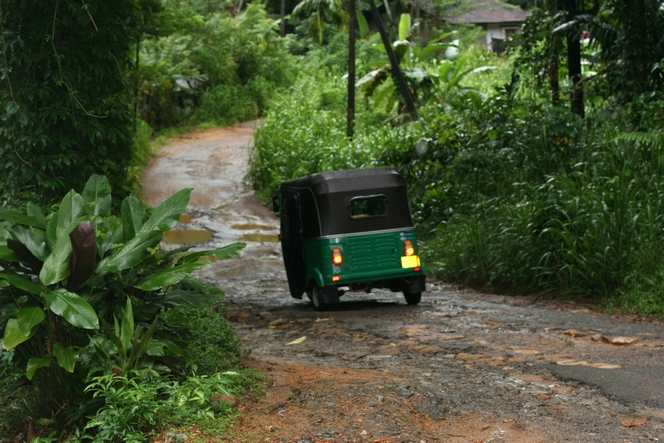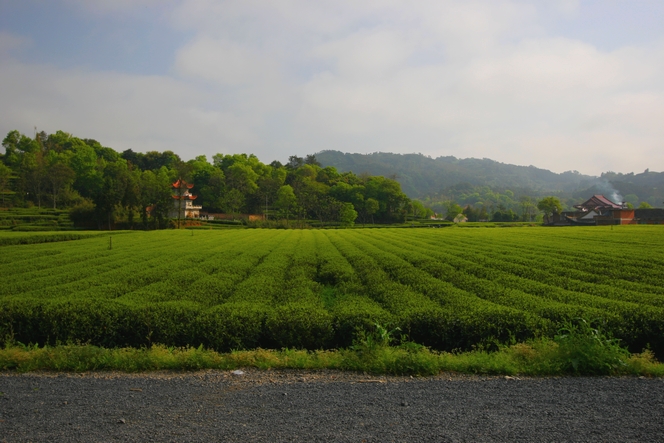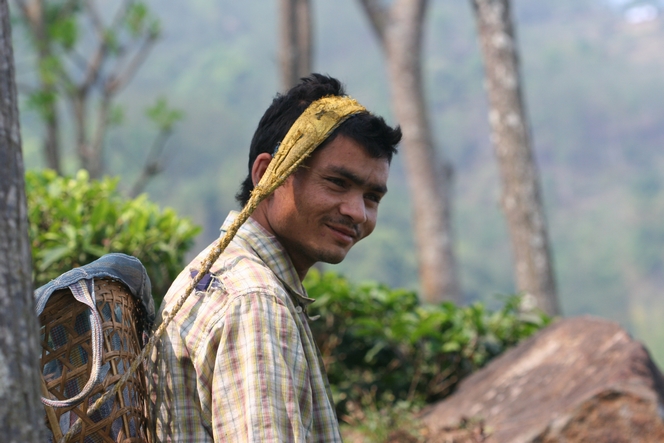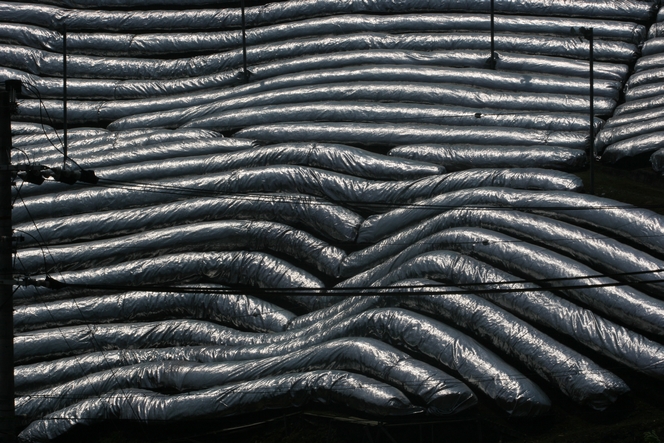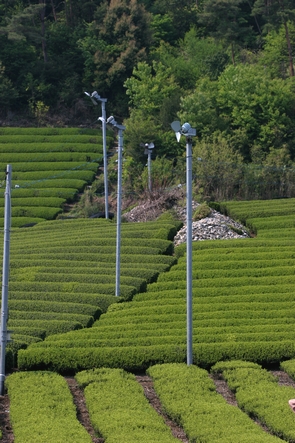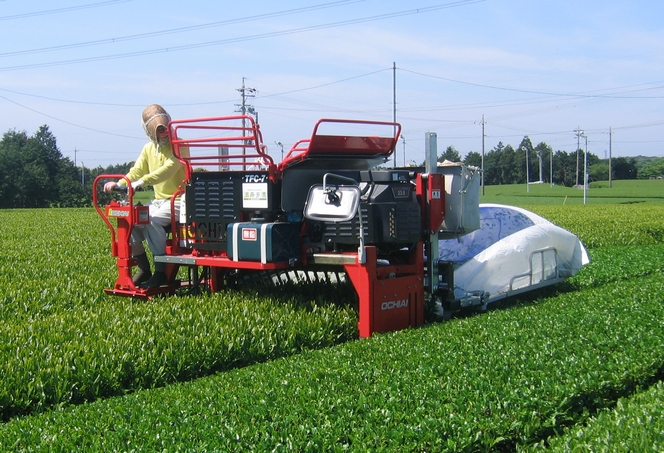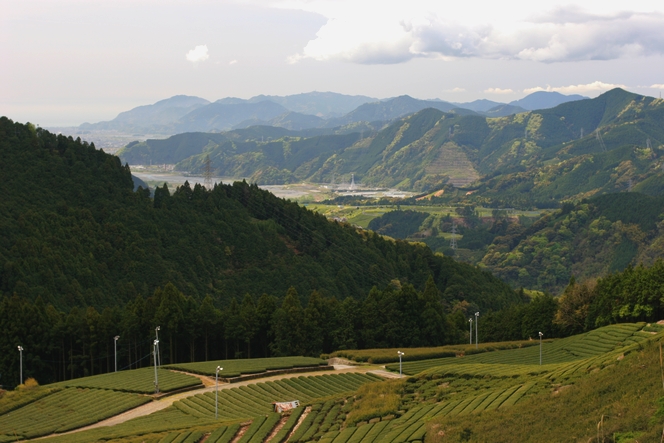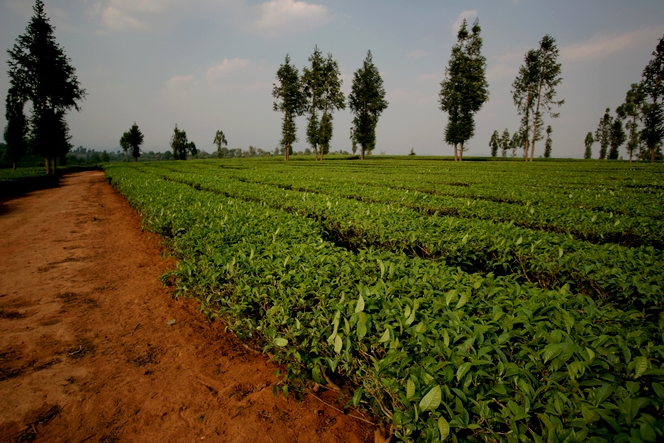Wu Long teas from Taiwan are among the best teas in the world. By the way, we will receive beautiful Bao Zhong teas in a few days.
However, of that island, we easily have an image of a country whose activity is turned towards electronics and other micro-electronic components. In any case, not the image of an island whose territory is mainly covered by mountains. Taiwan is indeed divided by central ranges spreading from north to south and is very much appreciated by hiking lovers who enjoy walking on its small steep paths. During my trips, I can often see some of them, tired and out of breath but delighted by the beautiful landscapes around them.
This geography offering coolness and humidity combines the ideal conditions to grow high quality teas and we come across plantations a little bit everywhere in the country, each region producing distinct designations. The best Taiwanese teas are the “blue-green” or semi-oxidized: lightly oxidized Bao Zhong, Wu Long rolled up in perls (Jing Xuan, Gao Shan Cha) and Bai Hao Wu Longs.
Carine (see the post My travelling companions of last Friday) took this photo when we were in the county of Nantou in the centre of Taiwan. You can see the village of Lu Gu, perched on the crest of the Shan Lin Xi mountains, not far from the lake with the same name and near the place where great Dong Ding teas are produced.

